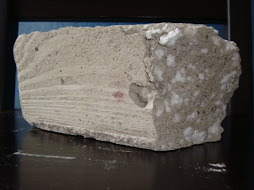
For the past three years, Rerip has presented "The Future of Surfing," designed to advance sustainability in surfing while giving back to the community. While working closely with leaders in the local green movement, the event has highlighted evolving ideas and environmentally-focused practices in the surf industry and convergence opportunities with other industries. Co-hosted by the City of Solana Beach, Rerip is pleased to announce its 4rd annual “Future of Surfing” will be held from 11am to 3pm on Saturday, September 25th, 2010 at Fletcher Cove Park. The event will again benefit the Solana Beach Junior Lifeguard Program.
All attendees who donate a used but rideable surfboard receive a coupon redeemable for product from event sponsors. Coupons are redeemable at vendor booths for surf blanks, art, shoes, clothing, gear, and other products. Donated boards will be resold at the event with proceeds benefiting the Solana Beach Junior Lifeguard Program. Local musicians, shapers, artists, vendors and environmentally-minded organizations help make the day a true community event. Local artist Wade Koniakowsky will be painting live, Berkeley students will be talking about their recent survey findings related to surf industry sustainability, and local live music by Seizo will accompany the day.
"We've been able to grow this event year after year and 2010 is shaping up to be the best yet...no pun inteded with that shaping comment", said Lisa Carpenter, Rerip co-founder. "As we convert to non-profit status, we have solidifed our mission to advance sustainability in the surf industry with a focus on reducing waste, reusing boards and community outreach programs - Reduce, Reuse and Reride. By attending "The Future of Surfing" people show their support for action and addressing crucial issues in the sustainable surf movement."







